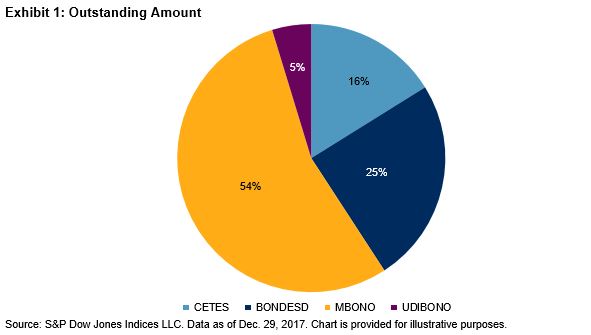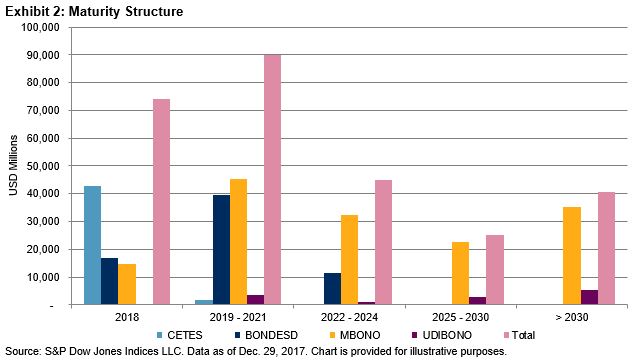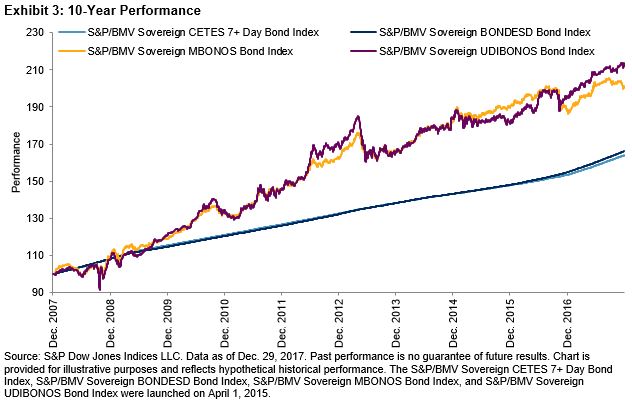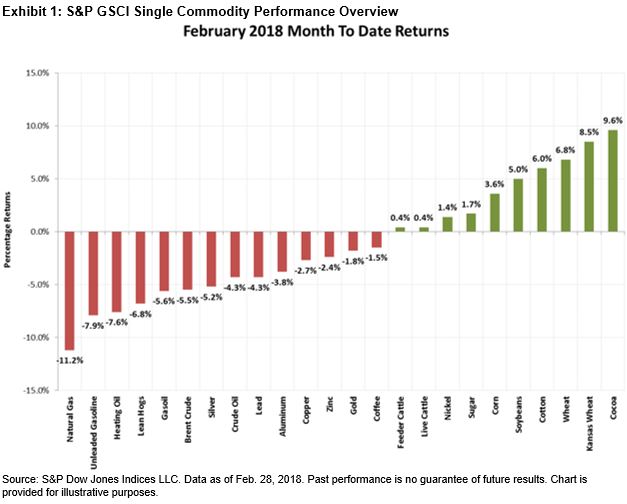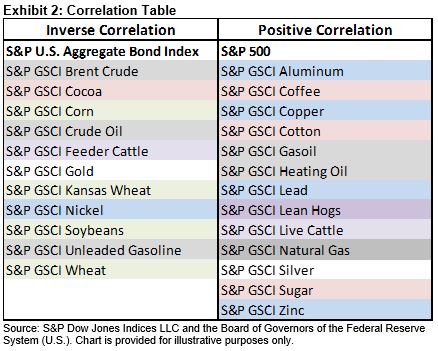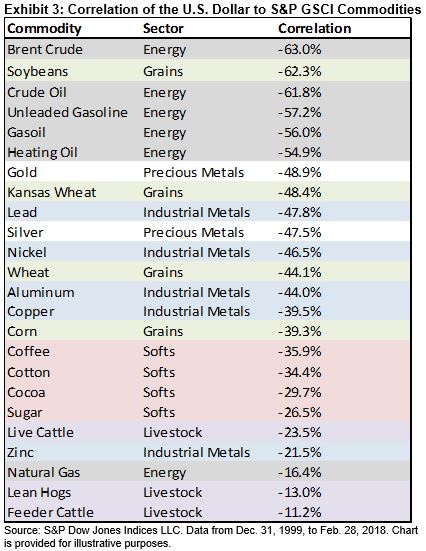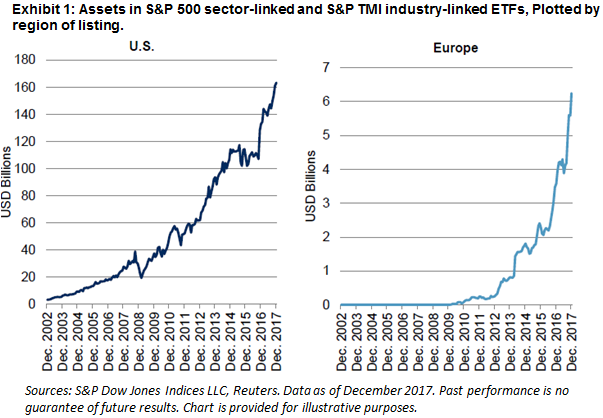Behavioral economics has had a transformational effect on the fortunes of millions of people saving for retirement through the introduction of auto enrollment, default plans, and “save more tomorrow” schemes. In a series of blogs, I will explore how insights from behavioral economics could be used to revolutionize ESG investing, providing critical levels of capital flows to finance the transition to a more sustainable economy.
‘Nudging’ Sustainable Finance Into the Mainstream: How Behavioral Finance Could Transform Capital Flows to ESG
Richard Thaler won his Nobel Prize for incorporating psychological realism into economic theory, helping transform the pension industry through supposedly irrelevant behavioral “nudges” and making millions of people better off in their old age. He highlighted how human inertia means many people do not join pension schemes, even when employers contribute, essentially turning down “free” money. The rational human of classic economic theory would not behave in this way, but people are not always rational; they are often predictably irrational. Humans prefer the status quo, procrastinate despite best intentions, and underestimate future risks, such as inadequate retirement savings. When these are addressed, for example through auto enrollment, pension participation shoots up. In a recent paper addressing inertia in the Swedish Pension Plan, only 0.9% of people were actively selecting their pension choice, while 99% were on the default plan.[1]
Can We Harness the Power of Inertia to Provide Additional Outcomes for Retirees?
In surveys, millennial market participants are clear that they want more than just a good annuity in retirement. Members enrolling today may not retire for 50 years, during which time the impact of climate change, pollution, and resource scarcity could affect their investments, health, and living environment. The EU taskforce on sustainable finance recommends that pension funds consult beneficiaries on their sustainability preferences and reflect those in their investments;[2] however there is an intent-action gap between what new members say they want and how they actually invest. This can be explained, in part, by inertia, because sustainability funds are usually opt-in. A solution would be for pension funds to default to a sustainability option as NEST, the UK government-backed DC scheme, does. It allocates to UBS’s “Climate Aware World Equity Fund,” which delivers index returns but tilts companies to address climate risks and opportunities. Their rationale is not moral, but rather improved outcomes for members in the face of a green economic transition, because they are “shareholders in that future.”[3] In 2017, HSBC’s UK Pension Scheme transitioned the GBP 1.85 billion equity component of its DC default strategy to LGIM’s “Future World Fund,” a factor-weighted, passive global equity strategy incorporating climate change tilts and exclusions. They echo concern for long-term outcomes for members, “the climate factor tilts [are] especially important as 60% of our members are under 40 years old.”[4] If all schemes defaulted to climate-aware strategies, it could have a profound impact on capital flows to mitigate some of the most damaging financial impacts of climate change and holistically improve outcomes for retirees.
The green elephant in the room is what stands in the way of all pension funds adopting similar approaches. It is a common assumption that sustainability compromises returns; however, this can be traced to cognitive biases such as the “no free lunch” heuristic, confirmation bias, and irrational exuberance about future risks. This is compounded by confusion between “ethical” investing based on values and “sustainable” investing grounded in long-term value generation. Lack of knowledge is another obstacle, both in terms of the pervasive impacts of climate change on asset valuations and an outdated understanding of how sustainability can be incorporated into portfolio construction to deliver myriad risk/return objectives. These topics will be tackled in this blog series and in another recent blog, “Can “Being Green” Deliver Enhanced Returns?”
[1] Cronqvist, Thaler, and Yu (2018), “When Nudges are Forever: Inertia in the Swedish Premium Pension Plan.”
[2] EU Commission (2018), “Final Report of the High Level Expert Group on Sustainable Finance.”
[3] National Employment Savings Trust (2017), “NEST responds to climate change.”
[4] HSBC (2017), “The Best of Both Worlds?”
If you enjoyed this content, join us for our Seminar Discover the ESG Advantage in
London on May 17, 2018.











































